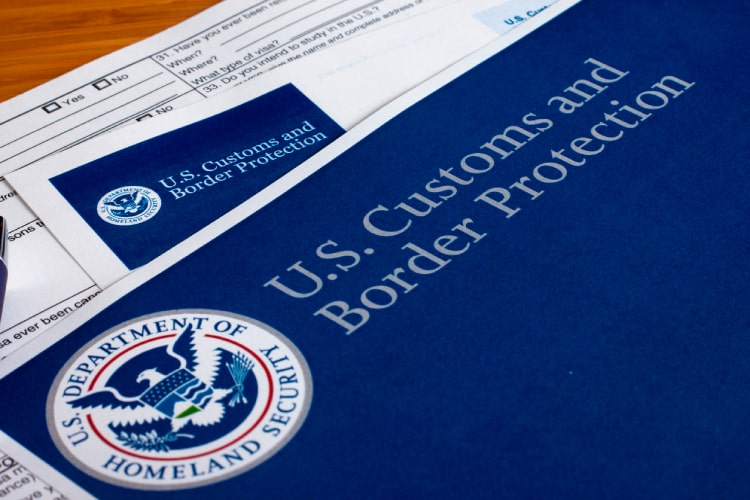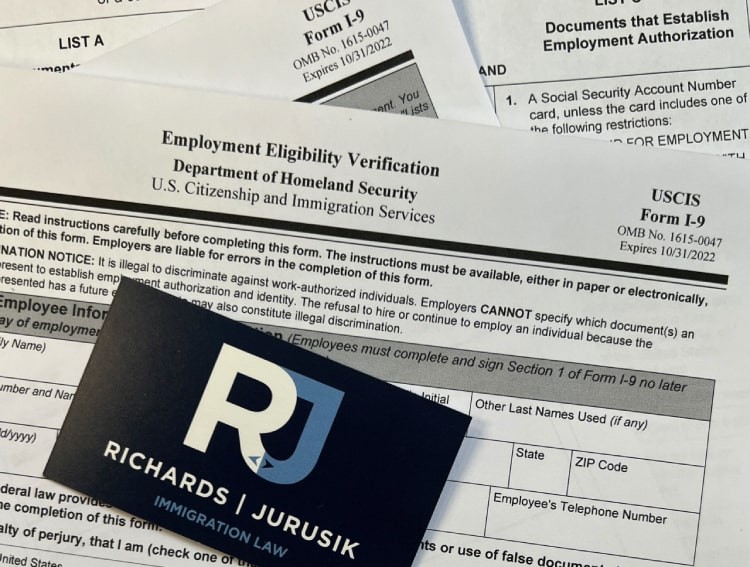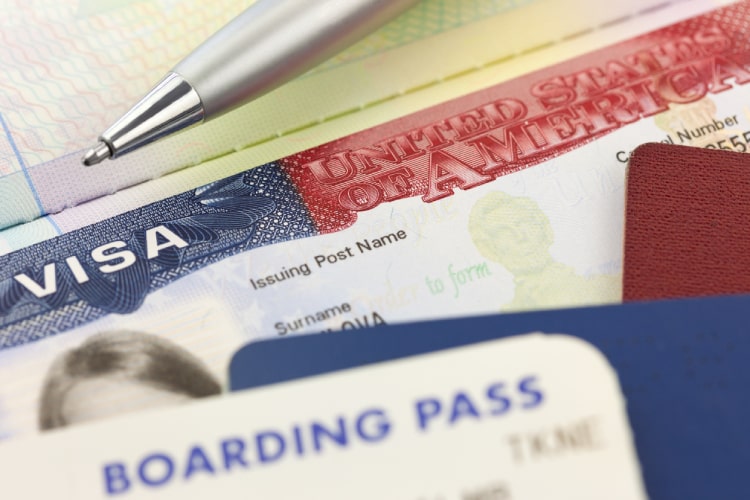

For many individuals planning a visit to the United States on a B1/B2 Visa, presenting a well-crafted invitation letter can significantly strengthen their application. While not mandatory, an invitation letter from a U.S. citizen or Legal Permanent Resident (LPR) can positively impact the visa process, especially when it highlights strong ties to the applicant’s home country. Here, we explain what makes an effective invitation letter for a U.S. visitor visa.
The letter should originate from the host and detail their relationship with the visitor. It should be dated, contain both parties’ full information, and specify the hosting arrangements and travel dates. Crucially, it should emphasize the temporary nature of the stay in the U.S.
Below is a template of how such a letter might be structured:
[Host’s Full Legal Name]
[Host’s Full U.S. Address]
Dear [Visitor’s Full Legal Name],
I, [Host’s Name], am delighted to invite you to the United States to celebrate my 50th wedding anniversary in Buffalo, NY, on February 21, 2050. You will be accommodated at my Buffalo, NY, residence from February 21 to February 28. Our plans include visiting Niagara Falls, Letchworth State Park, and Fort Niagara. I will cover the costs of your round-trip airfare, food, and medical insurance during your stay. Your presence would mean a lot to us.
[Host’s Contact Information]
Accompany this letter with relevant documents such as event invitations, proof of roundtrip airfare, host’s identification or passport, accommodation proof, and a detailed travel itinerary.
For B Visa applicants, remember:
Crafting an invitation letter with these elements can significantly enhance the credibility of your B1/B2 Visa application and facilitate your travel plans to the United States.
You may have questions regarding U.S. immigration laws and visas. We invite you to contact our team at Richards and Jurusik for detailed guidance and assistance. We aim to provide the most accurate and up-to-date information to make your immigration process smoother and less stressful. The immigration lawyers at Richards and Jurusik have decades of experience helping people to work and live in the United States. Read some of our hundreds of 5-star client reviews! Contact us today to assess your legal situation.
Experience streamlined U.S. visa assistance with the Toronto Nonimmigrant Visa Navigator. This online portal simplifies queries, application follow-ups, and document submission, ensuring your privacy and convenience.

Form I-94 is the official record of a traveler’s inspection upon entry and legal admission to the United States. Historically, it has been provided in paper format and attached to passports, but Customs and Border Protection (CBP) has now shifted to issuing electronic I-94 records. This move simplifies the process, making records easily accessible online. If the United States Citizenship and Immigration Services (USCIS) issues an I-94, it’s included at the bottom of the USCIS I-797 Approval Notice during an extension or status change application.

The USCIS Form I-9 is not merely administrative paperwork but crucial for verifying employment eligibility for U.S. citizens and non-citizens. Here, we go into the vital details every employer must know to navigate this process smoothly. Critical Deadlines for Completing Form I-9 Meeting specific deadlines is fundamental for the efficient completion of Form I-9: Section…

The P-3 visa allows artists and entertainers to come to the United States to perform, teach, or coach as part of a culturally unique program. The P-3 allows individuals and groups to enter the United States to provide a performance or presentation that is culturally unique.

Discover if you qualify for the US Automatic Visa Revalidation (AVR) process, a unique opportunity for individuals with expired nonimmigrant visas to reenter the US without undergoing visa renewal at an embassy or consulate. This article breaks down the qualification and eligibility criteria, ensuring you understand the prerequisites for seamless travel.

On June 14, 2024, the Supreme Court delivered its opinion in the consolidated cases of Campos-Chaves v. Garland, Varinder Singh, and Raul Daniel Mendez-Colín, addressing the crucial issue of what constitutes proper notice for removal proceedings under U.S. immigration law. This decision has significant implications for noncitizens facing in absentia removal orders and the procedural requirements for notices to appear (NTAs).